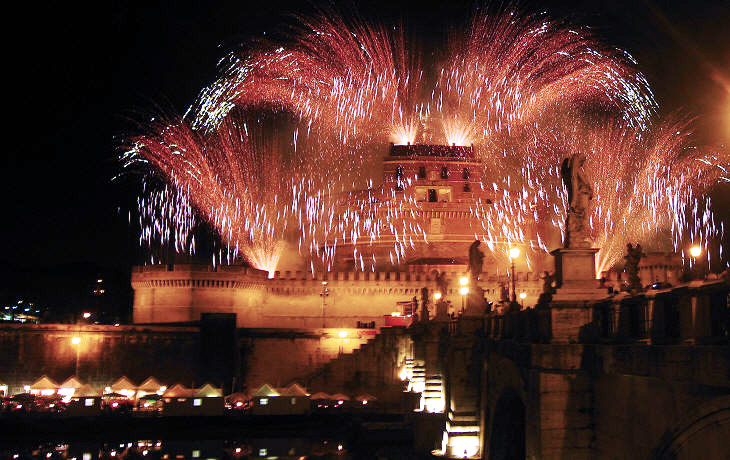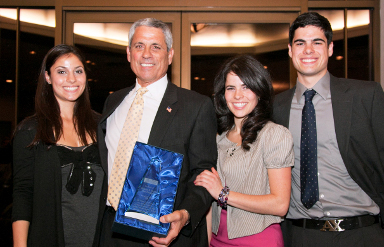Christmas in Italy is a magical experience, but there are a few unique traditions you won’t find in other countries. If you’re hoping to have a truly Italian Christmas, make sure to incorporate at least some of the following.
1. Know your Dates – The Italian festive season starts on December 8th with the celebration of the Immaculate Conception and continues until the Epiphany on January 6th, when the Three Wise Men arrived in Bethlehem. The most important date of the celebrations in Italy is Christmas Eve.
2. The Importance of the Novena – The nine-day period before Christmas, known as the Christmas Novena, is when we remember the journey of the shepherds to the baby Jesus’ manger. In rural areas in particular, children go from house to house dressed as shepherds and performing Christmas songs or poems, often in exchange for money, or sweets.
3. Keep an Eye out for the Zampognari – In southern Italy and Rome, bagpipe-playing shepherds, or zampognari as they are known, perform in piazzas, normally dressed in traditional sheepskin and wool cloaks. The pipers usually travel in pairs down from their mountain homes – it’s quite a spectacle.
4. Prepare the Presepe – The tradition of presepe, or Nativity scene, is widespread throughout Italy. Most churches as well as other public areas and many Italian homes will have at least one nativity scene on display. Styles vary and may depict just the Holy Family or a whole village. But the baby Jesus is usually added only on Christmas Eve. Sometimes contemporary characters such as Silvio Berlusconi and Italian sports stars are included too. Donald Trump is a new favorite. In Rome, an annual exhibition displays 100 different presepe from all over the world, including miniscule versions carved into nuts and all kinds of materials, including pasta.
5. The Vatican – In Rome, crowds gather in St. Peter’s Square for the Pope’s evening Mass on Christmas Eve and at noon on Christmas Day. He appears at the Basilica’s balcony to give his blessing. He will also add the baby Jesus figurine to the Vatican’s life-size nativity on the December 24th.
6. The Feast of Fish – Christmas Eve was traditionally a day of fasting before Christmas for Catholics, with festivities starting only after the evening Mass. This is still observed in some families and the evening meal, the ‘Feast of the Seven Fishes’ is based on seafood. Shellfish is also popular and in many homes, seven different fish are only the minimum, so it is really is the Feast of at Least Seven Fishes. (See our centerfold next week for menu ideas.)
7. Religious Roots – Italian Christmas celebrations are still very much based on their religious roots. At midnight on Christmas Eve, churches ring their bells and cannons are fired from Rome’s Castel Sant’Angelo to celebrate the birth of baby Jesus.
8. The Big Dinner – On Christmas Day, the food that makes up the Cenone (literally meaning ‘big dinner’) varies from region to region, but meat is normally back on the menu, accompanied by pasta. The meal is followed by panettone, the delicious cake bread whose origin is Milan and other desserts filled with nuts, which were historically a symbol of fertility for the coming year. (See our December 14th issue for the history of panettone.)
9. Letters to Loved Ones – Christmas in Italy is a family affair, as well as writing to Father Christmas requesting the latest must-haves. It is traditional for children to write letters to their parents telling them how much they love them. The letters are usually decorated and tied up beautifully and read out loud after Christmas breakfast.
10. The Wait for the Witch – Although nowadays many children receive presents from Santa on Christmas Eve, a uniquely Italian tradition is that of ‘La Befana,’ the old woman who brings gifts on Epiphany Eve. Legend has it that the Three Wise Men came to her house and invited her to join their search for Christ. She was too busy with housework so declined, but later changed her mind. To this day La Befana is still searching for the child, leaving presents for any good children she comes across.





